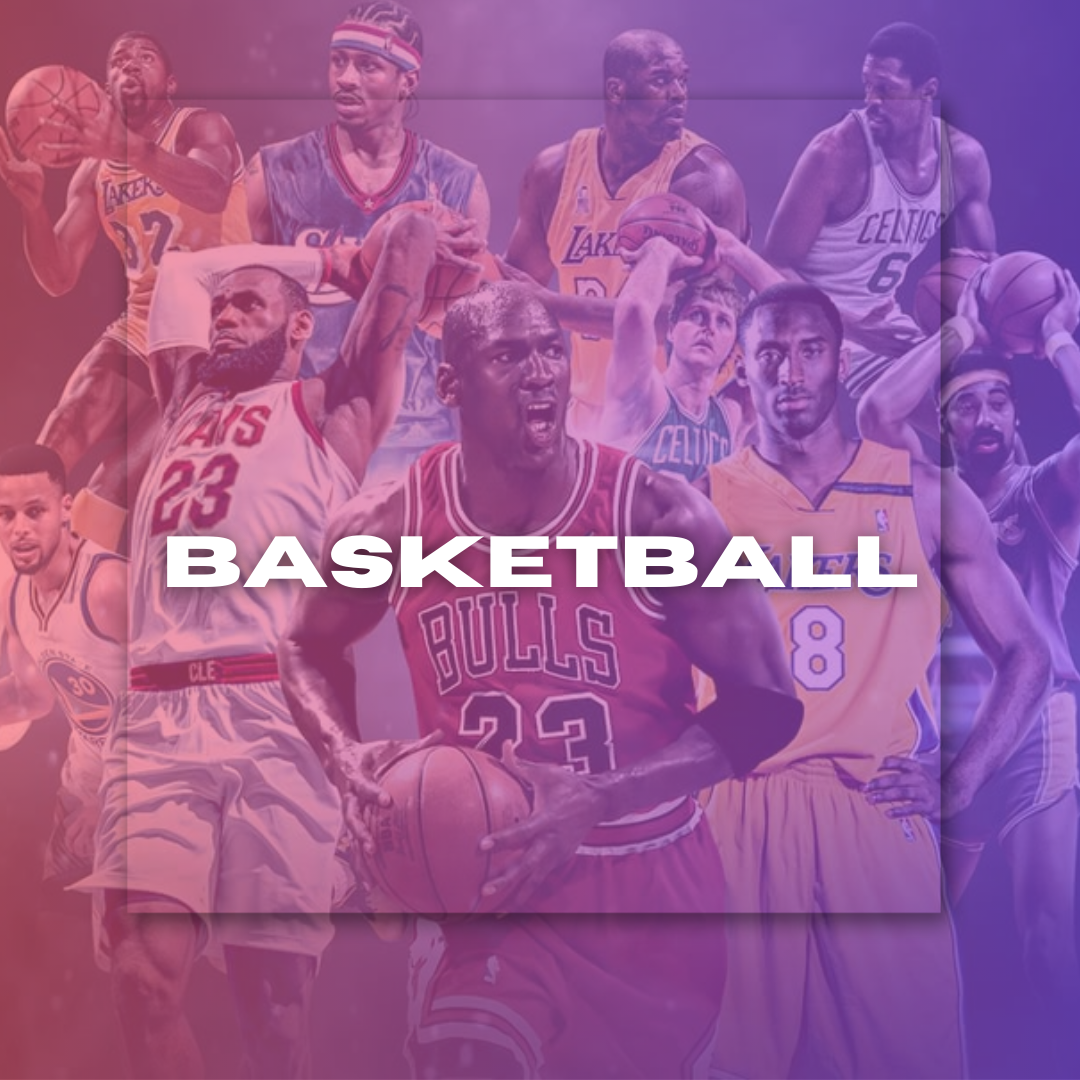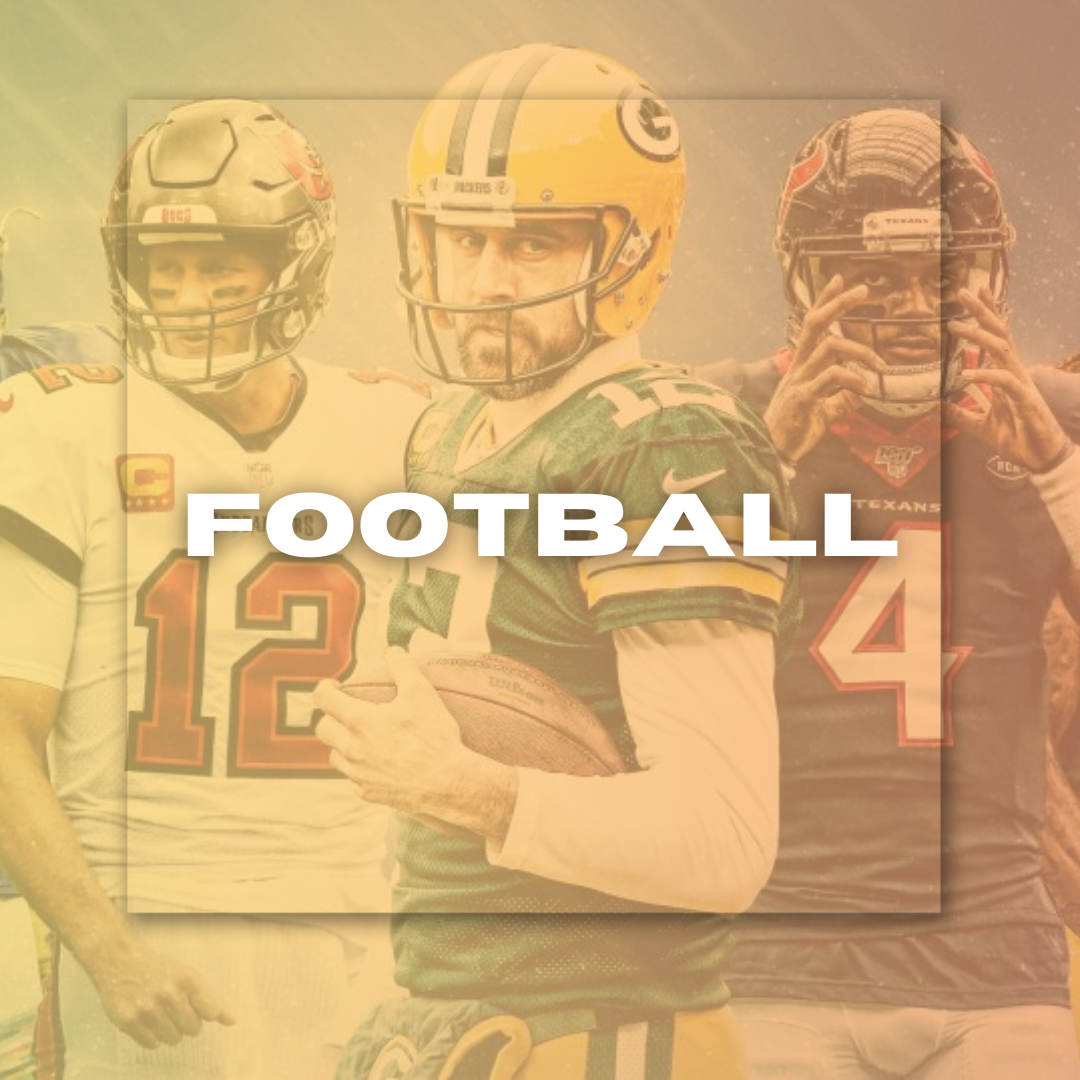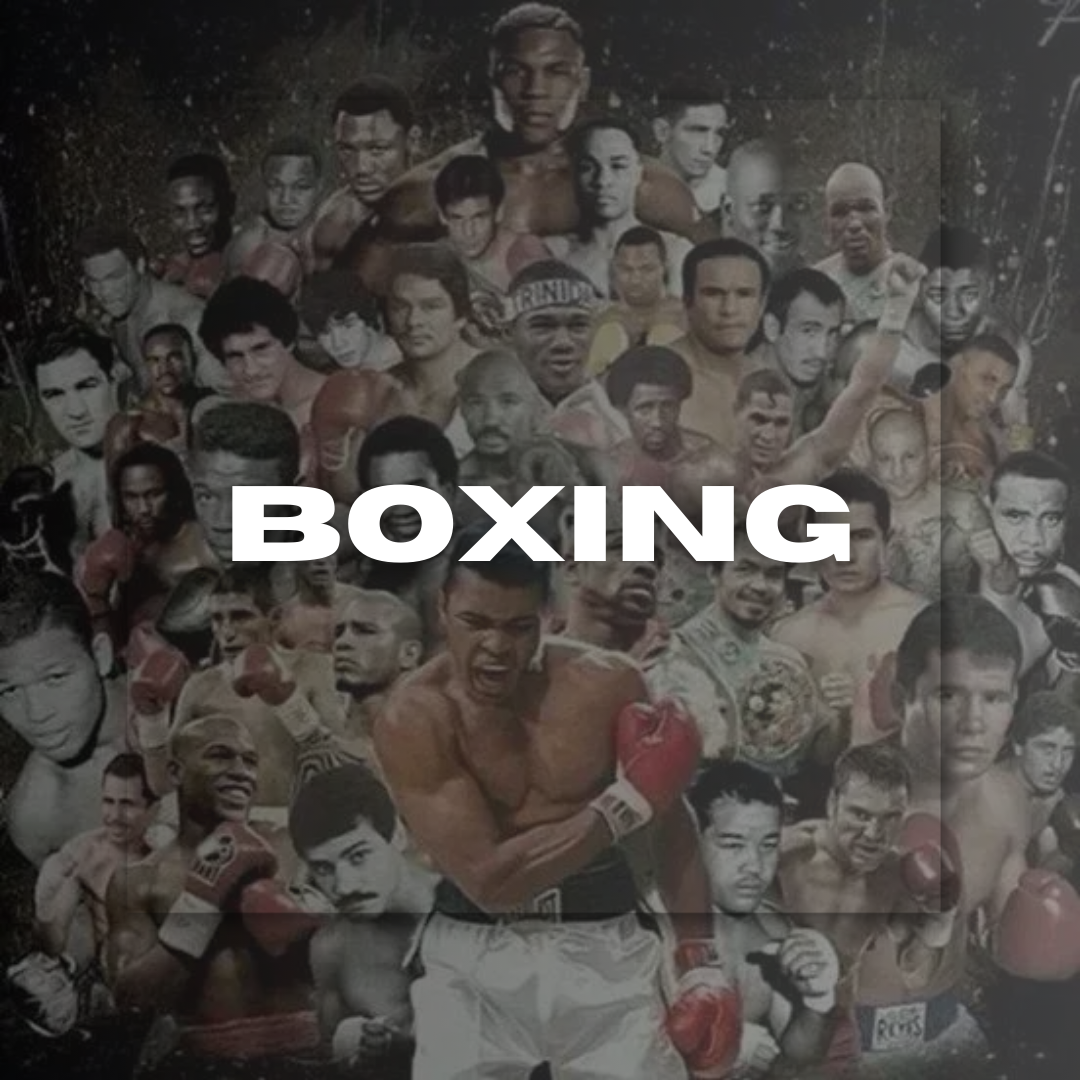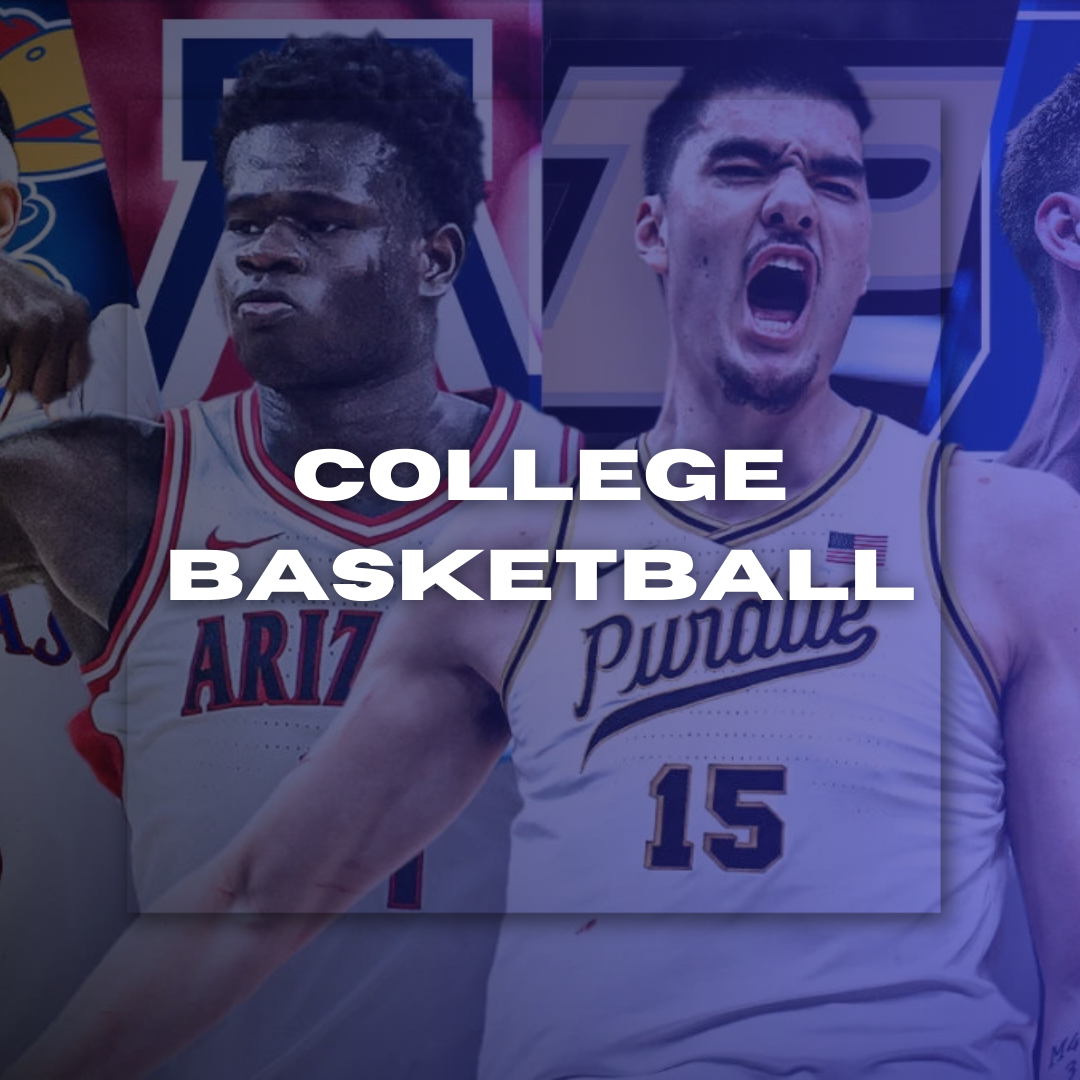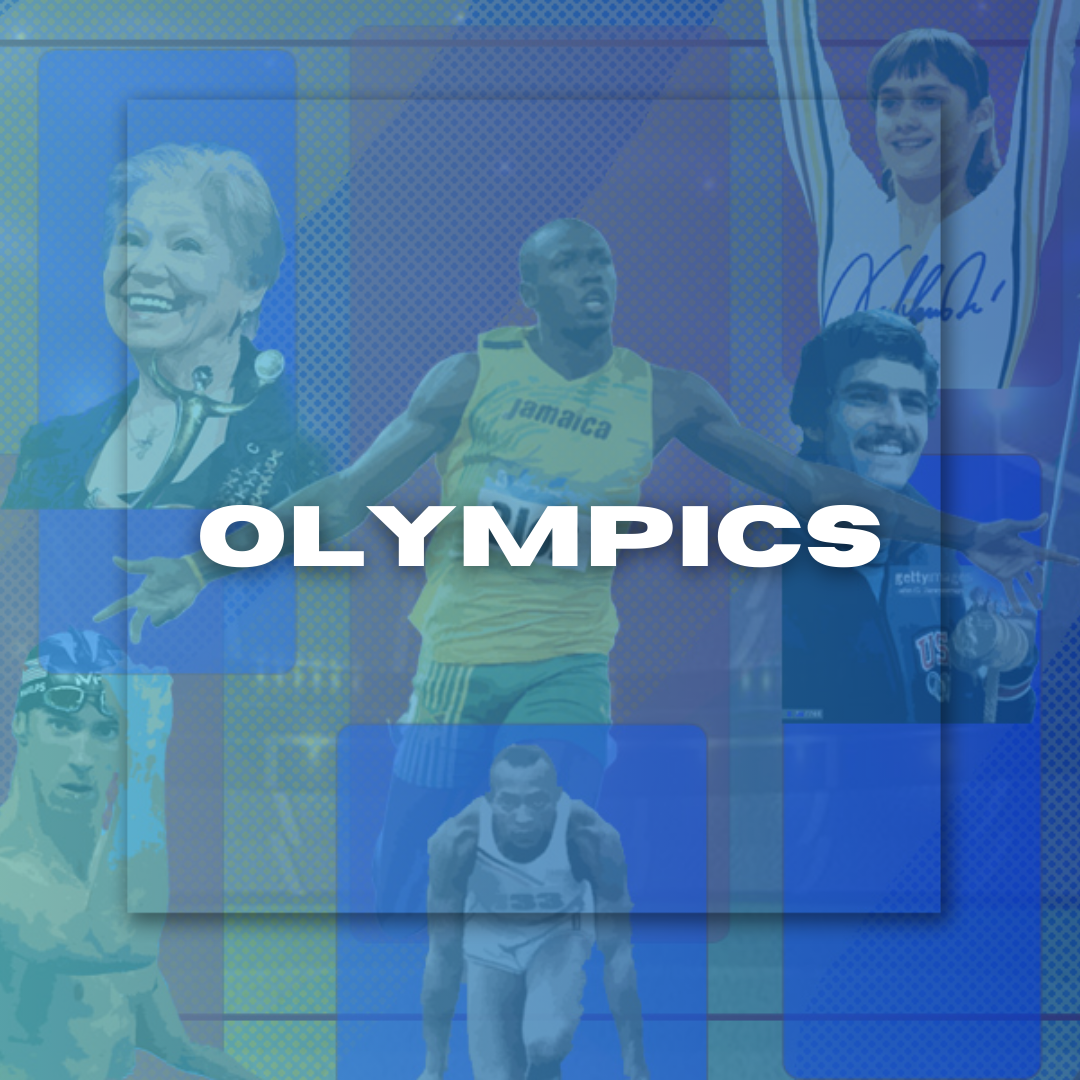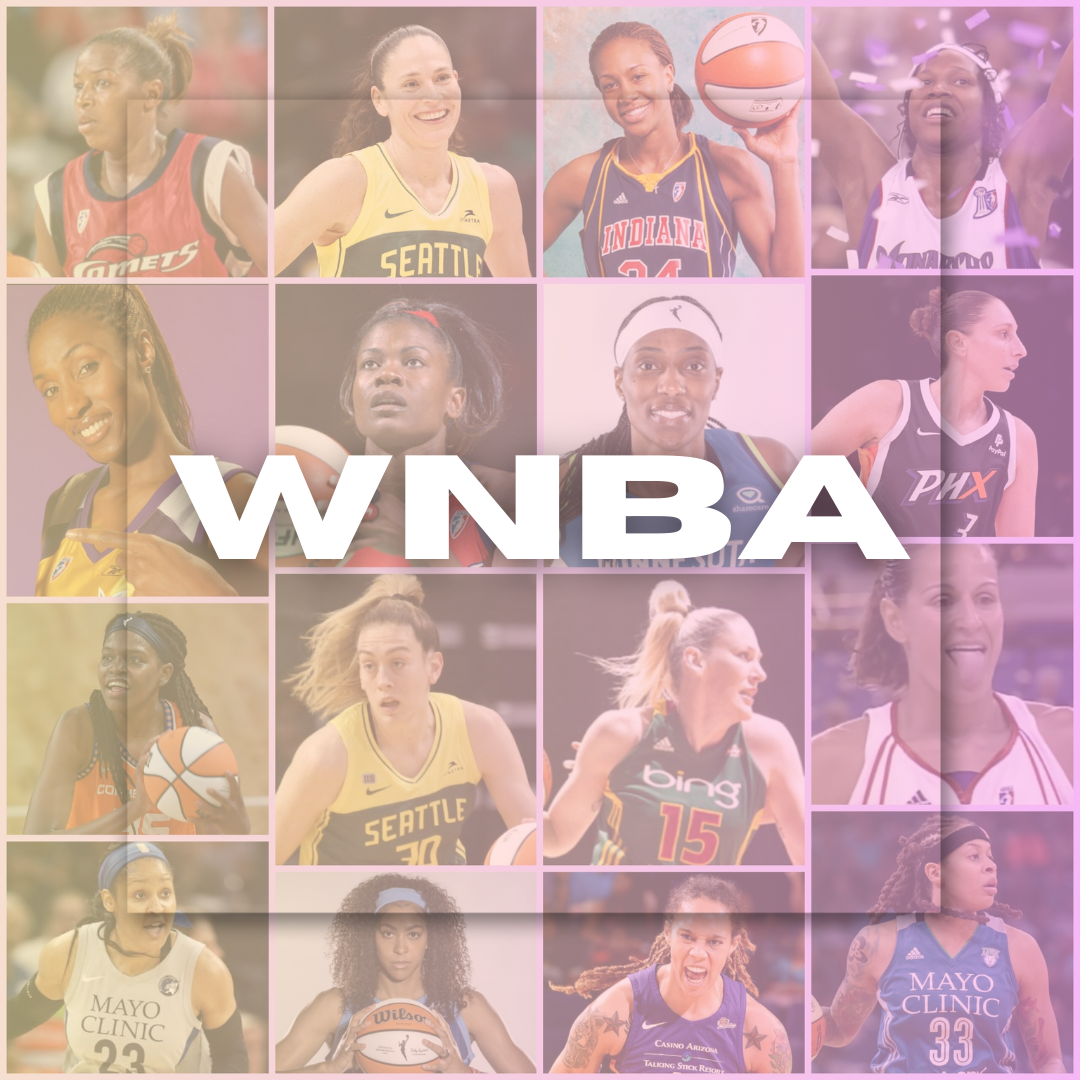
Breakdancing's Return to the 2028 Olympics: Analyzing the Significance and Impact of This Exciting Inclusion
Breakdancing's Return to the 2028 Olympics: Analyzing the Significance and Impact of This Exciting Inclusion
By Jayson Panganiban August 13, 2024 23:00
In a groundbreaking move celebrating athletic prowess and cultural influence, breakdancing makes an exhilarating return to the global stage as a featured sport in the 2028 Los Angeles Olympics. This historic inclusion highlights the decades-long evolution of breakdancing from the streets of New York City to the international limelight and marks a significant moment in the Olympics' endeavor to connect with younger generations and embrace diverse forms of expression. As breakers worldwide prepare to showcase their dynamic spins, freezes, and footwork, the 2028 Games stand poised to bridge tradition and innovation, inviting audiences around the globe to witness the vibrant energy and creativity of breaking—an art form rooted in the rhythms of hip-hop culture and the spirit of competition.
Breakdancing: A Brief History of the Way Back Rebellion
Origins and Development
A street dance that owes everything to hip-hop music and culture, breakdancing or b-boying/b-girling for short, the terms are interchangeable and first emerged in the 1970s in South Bronx, New York City. Performing various dynamic, stylistic movements, including spins, freezes, and footwork to hip-hop music. Rooted in the culture of Black and Latin communities, breaking was seen as a type of dance created by kids who wanted to express themselves through movement while competing with one another.
Important Figures and Dates
Over the years, several important figures and moments have impacted breakdancing.
- DJ Kool Herc: Often considered the father of hip-hop, DJ Kool Herc, who introduced breakbeats and extended instrumental sections of records, played a large role in making way for breakdancing.
- B-boys and B-girls: "B-boy" is short for break boy, the term used to describe male break dancers; a female who can perform corresponding moves could be called a "B-girl". Breakdancing was popularized in the 1980s by street performers such as Crazy Legs, Rock Steady Crew, and Soul Control to a larger audience via those performances.
- Media Influence: Films such as Flashdance ( 1983) and Beat Street ( 1984) showed the art of breakdancing to people both nationally & internationally. They are also partly responsible for making breakdancing a worldwide phenomenon.
- Competition and Commercialization: The 1990s saw the rise of competitions such as Red Bull BC One, where B-boys could showcase their skills at a level never before seen in culture. This commercialization helped professionalize Breakers as athletes while preserving the roots from which their art emerged.
Stylistic Innovations
Breakdancing has grown in style over the years due to the influence of other dance forms like jazz, ballet, and martial arts. Seemingly endless innovations in technique and style have borne new moves, battles to end all other battles—infinitely enriching the already infinitely rich complexity and drama of old-fashioned Popping.
The Road to the 2028 Games
Selection as an Olympic Event
Breaking has been confirmed as a new sport for the 2028 Los Angeles Olympics by The International Olympic Committee (IOC) to update the Olympic Program and appeal to younger fan bases. The decision is consistent with Olympic Agenda 2020, the strategic roadmap for the future of the Olympic Movement, which emphasizes credibility and sustainability and reaffirms sport for development.
Why They Did It
Breaking is brought with the following cardinal distinguishing features that were likely to have influenced the IOC's decision.
- Cultural Relevance: Breaking has struck a chord with youth culture and captures the essence of urban, creative energy at the heart of what the IOC seeks to engender. Adding it in is a play for the younger demographic that finds sports with assistance from social media and digital platforms.
- Host Country Involvement: The host country also wanted to show off its home culture in the decision. It was appropriate that L.A., with a long history in the hip-hop scene, became one of Breaking's first Olympic settings.
- International Charm: Its international appeal, reflected in overseas competitions and a robust community of breakers worldwide, led to its selection as an Olympic sport.
Visibility and Growth
Olympic exposure on a level never seen before in Breaking could mean even more people seeking to participate and compete worldwide. The development of breaking as a known dance form could lead to more dancers and spirits from the young people who further establish roots in the sport.
Opportunities and Challenges
In addition to the benefits offered by Olympic inclusion, it presents challenges that athletes, coaches, and the broader breaking ecosystem have not previously faced.
- Professionalization: The official recognition of breaking as an Olympic sport may bring increased funding and support for athletes, allowing them to devote time to breaking as a viable career. But this professionalization might also enforce a hierarchy of competition and performative standards on an art known for its freewheeling ethos.
- Worries of Cultural Appropriation: As breaking gains popularity, there have been worries revolving around cultural appropriation and the watering down of its roots.
The Future of the Olympic Games
Breaking could reshape the Olympics going forward. Future of non-traditional sports An event such as breaking could be the beginning for similar disciplines to find their way into future Olympics, especially if it helps attract the younger audience that the IOC is seeking.
Long-term Impact on Growth and Commitment
Recognizing breaking as an Olympic sport could impact its continued growth and acceptance into the mainstream. By making Breaking more visible, improved and organized training programs, in addition to competitions and dance opportunities for dancers, could develop, creating a professional arena while supporting the growth of Breaking.
Breakdancing being reintroduced to the Olympics as part of 2028 is potentially historic. Capping off its massive backdrop on the international scale, breaking triumph not only honors a cultural landmark but also paves new pathways for aspiring dancers to follow. Ultimately, breaking in the Olympics is just one example of a larger move towards diversity and inclusivity within sports as we continue to create more colorful, richly textured Olympic Games that reflect our communities.























































